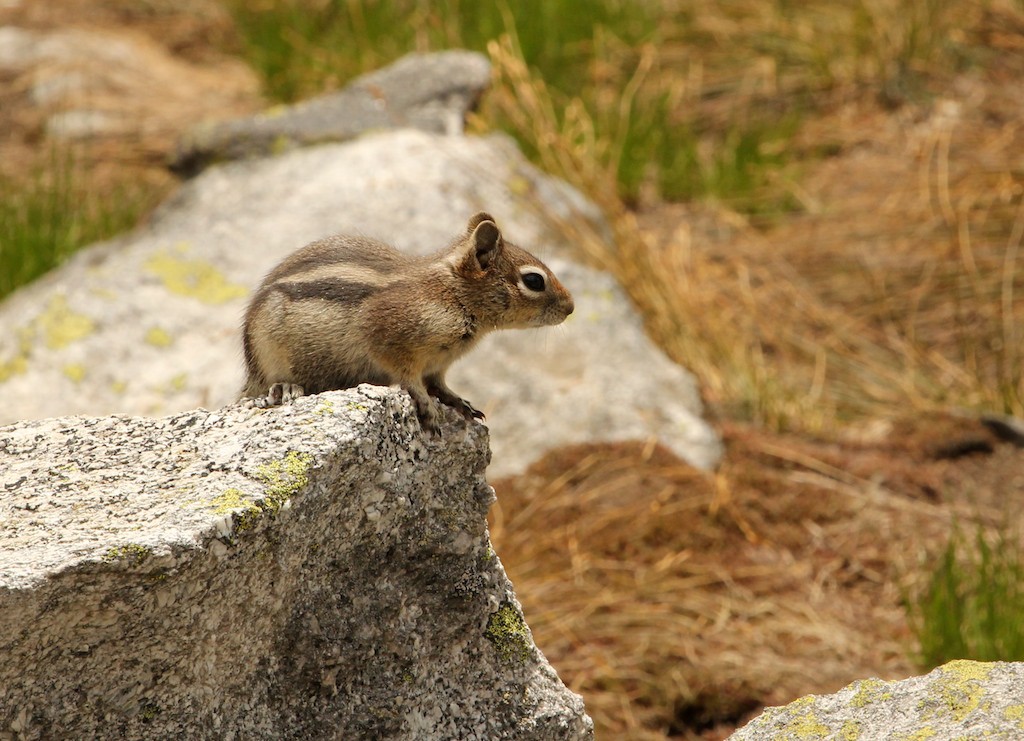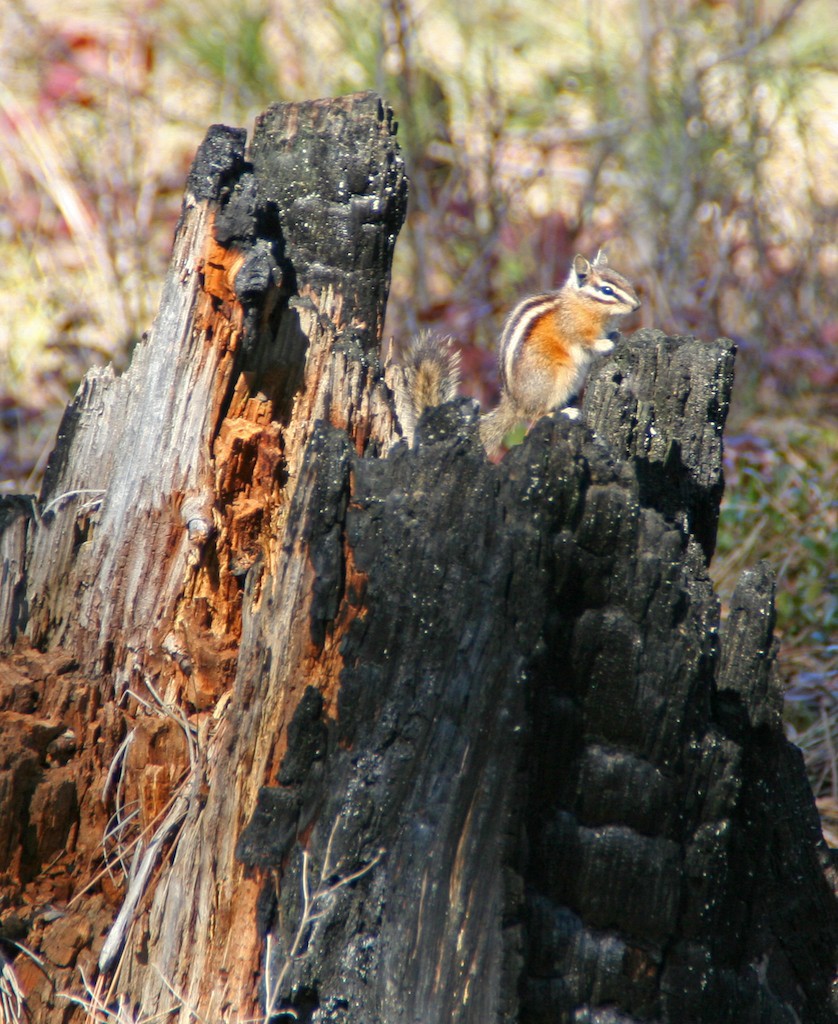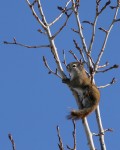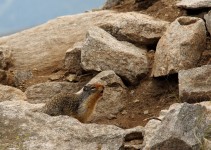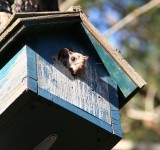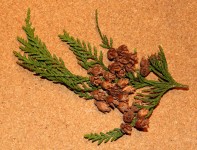Scampering among a rock pile on a high-alpine ridge, the golden-mantled ground squirrel stops to survey its surroundings from the highest rock.
At first glance, the golden-mantled ground squirrel may look like an over-sized chipmunk and there are similarities. The golden-mantled ground squirrel and the chipmunk have the same stripes on their backs and sides but the stripes do not continue onto the face of the ground squirrel. The ground squirrel’s reddish brown head, shoulders and underside account for the name golden-mantled.
Unlike other ground squirrels that assume an upright posture, the golden-mantled ground squirrel either remains on all four or sits on its haunches to manipulate food.
Golden-mantled ground squirrels eat a variety of food. They consume fungi, plants, fruits, seeds, insects, nestling birds and eggs, small mammals and carrion. Whitebark pine seeds are an important food source for the ground squirrels.
Consuming a diet high in seeds in the fall enables the golden-mantled ground squirrel to hibernate more successfully. Researchers have found that when golden-mantled ground squirrels consume foods high in polyunsaturated fatty acids, such as seeds, they enter hibernation sooner, maintain a lower body temperature during hibernation and sleep in longer stretches (they wake up periodically during hibernation). Golden-mantled ground squirrels that eat fewer seeds tend to enter hibernation later and exhibit a higher mortality during hibernation.
To survive the long winters, golden-mantled ground squirrels put on a layer of fat to fuel their bodies while they hibernate. Their bodies slow down to the point of only needing one breath a minute and five heart beats a minute
Golden-mantled ground squirrels prepare for the food scarcity in spring by stockpiling some food in their burrows. They stuff seeds and fruits in their cheek pouches to carry back to their burrow or carry grass in their mouths. Grass is also used to line their nesting chamber.
Their burrows can be up to 100 feet long and contain several branches and entrances. Unlike some other burrowing animals, golden-mantled ground squirrels leave no sign at their entrances—no scat or mounds of dirt. The entrances are typically well-hidden under a shrub, rock or log in open woodlands, brushy forest edges, mountain meadows or rocky slopes bordering alpine or subalpine meadows.
The ground squirrel also maintains small burrows (called refuge burrows or bolt holes) throughout its one- to two-acre home range for use in emergencies. Golden-mantled ground squirrels forage at a distance from their burrows and rely on their quickness and agility to run back to their burrows to escape danger.
Golden-mantled ground squirrels tend to be quiet except to sound an alarm call when in danger. Their high-pitched call or trill warns of predators, such as raptors, coyotes, foxes, bobcats, skunks and weasels. When other animals emit an alarm call, like a marmot, golden-mantled ground squirrels respond by looking around or scurrying to their burrow.
Other golden-mantled ground squirrels in the area may hear the alarm call and respond appropriately; however, they are solitary creatures.
A mother with young (average five per litter) is the only time golden-mantled ground squirrels spend an extended period of time together. As the young grow, they play outside the burrow together until they are old enough to find their own territory.
Golden-mantled ground squirrels tend to be more active in early morning and late afternoon during the summer. They avoid the midday heat by being underground in their burrows.
When cooler temperatures prevail, golden-mantled ground squirrels perch on high stumps or rocks within their territory to bask in the sun’s heat and to keep a lookout for predators or intruding neighbors.

